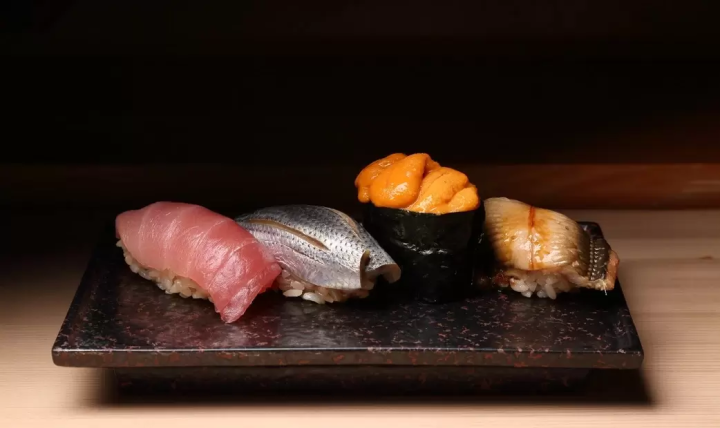[Kyoto] Half-day tour of Arashiyama, a landscape beloved by people since ancient times
![[Kyoto] Half-day tour of Arashiyama, a landscape beloved by people since ancient times](https://resources.matcha-jp.com/resize/720x2000/2025/04/08-230487.webp)
We would like to introduce Gold-Guide's recommended Highlight Tour: Morning Western Kyoto Tour: Ancient Time Nobles Resort and Bamboo Forest.
Half day (4.5 hours)
Gold-Guide is a guide matching platform operated by JR West Communications Co., Ltd. that matches tourists visiting Japan with highly skilled interpreter guides and provides guided tours.
Click here for an overview of Gold-Guide
The tour we are introducing this time is...
Morning Western Kyoto Tour: Ancient Time Nobles Resort and Bamboo Forest
![[Kyoto] Half-day tour of Arashiyama, a landscape beloved by people since ancient times](https://resources.matcha-jp.com/resize/720x2000/2025/04/06-230304.webp)
Explore the enchanting charms of Arashiyama on this tour. Begin by crossing Arashiyama's iconic Togetsukyo Bridge and soaking up the natural beauty. Wander through the stunning gardens and bamboo forest of Tenryu-ji Temple, a UNESCO World Heritage Site, where the rustling leaves create a symphony of tranquility. Enter the tranquil Jojakko-ji Temple through its gates on the bamboo forest path. Climb into the tranquil grounds and enjoy a unique perspective on the charms of the city as you soar into the panoramic Kyoto cityscape from the observation deck. Walk along the bamboo forest path to Nonomiya Shrine. Discover the shrine's rich cultural significance and soak up its serene atmosphere. Join this guided tour and experience the hidden charms of Arashiyama. Ancient traditions and modern vibrancy intertwine to create an unforgettable Kyoto adventure.
After the meet, we will take a taxi to our first destination, Togetsukyo Bridge in Arashiyama.
The end location of the tour can be changed. Please consult with your guide.
The appeal of Gold-Guide is the excellent guides!
Spots introduced in this itinerary
[Gold-Guide] is a platform that matches tourists visiting Japan with excellent interpreter guides and offers guided tours. We provide memorable guided tours for customers looking for a special experience in Japan. We want to share the charm of Japan with people all over the world.
The contents on this page may partially contain automatic translation.



























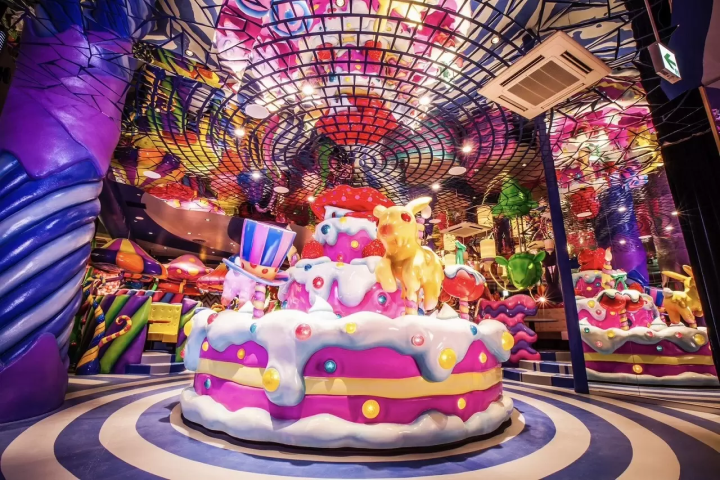
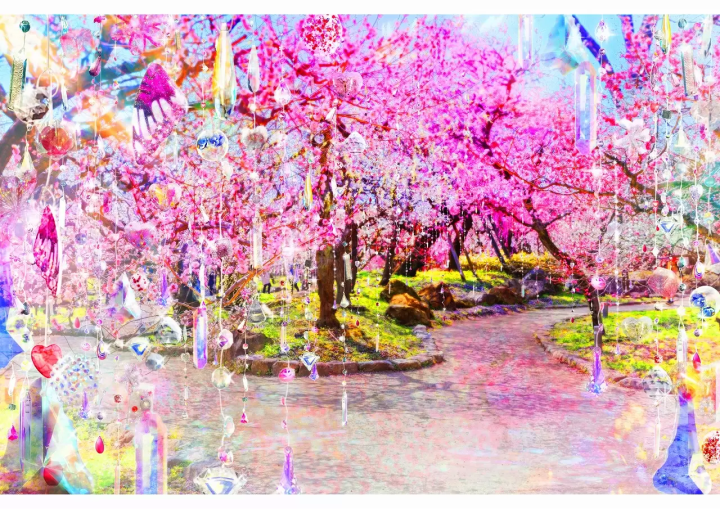
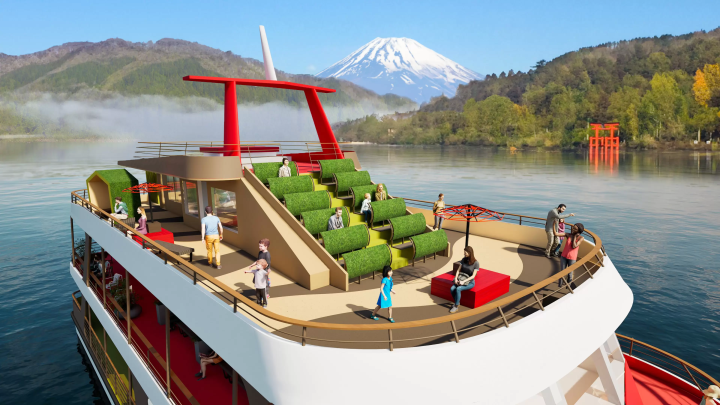







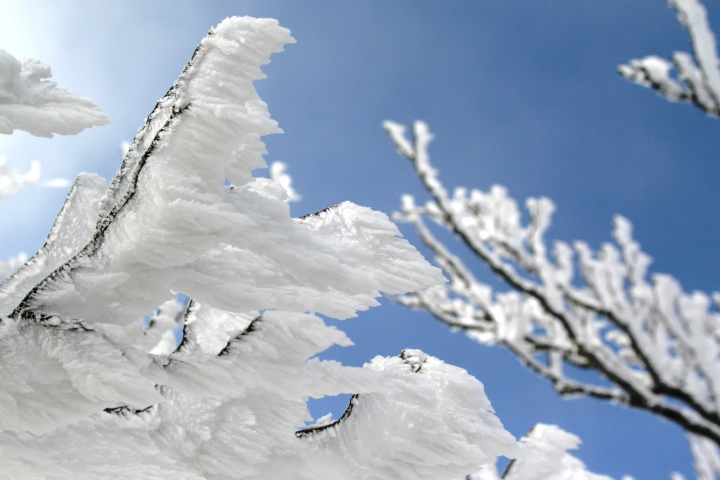
![[Latest] Complete Guide to atmos Exclusive Sneakers and Special Edition Models | Apparel and Upcoming Releases](https://resources.matcha-jp.com/resize/720x2000/2025/12/12-252706.webp)
![[2025-2026 Edition] Four Ski Resorts in Hyogo Prefecture Yabu City Opening on December 27th!](https://resources.matcha-jp.com/resize/720x2000/2025/11/28-251434.webp)
![[Next event confirmed! / Report] “Let’s Eat Tokyo Food”](https://resources.matcha-jp.com/resize/720x2000/2025/12/26-254125.webp)
